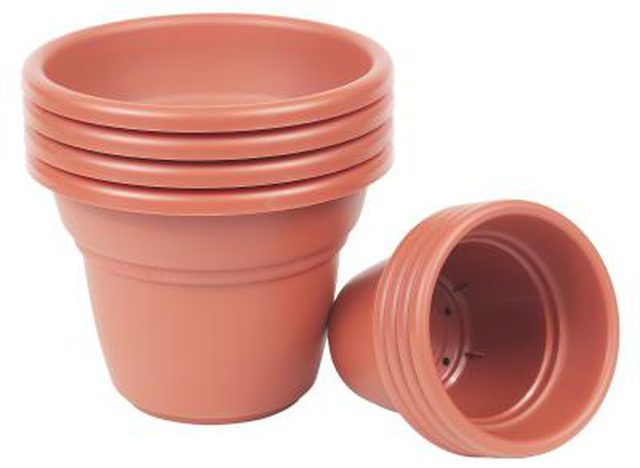Bulbs
Flower Basics
Flower Beds & Specialty Gardens
Flower Garden
Garden Furniture
Garden Gnomes
Garden Seeds
Garden Sheds
Garden Statues
Garden Tools & Supplies
Gardening Basics
Green & Organic
Groundcovers & Vines
Growing Annuals
Growing Basil
Growing Beans
Growing Berries
Growing Blueberries
Growing Cactus
Growing Corn
Growing Cotton
Growing Edibles
Growing Flowers
Growing Garlic
Growing Grapes
Growing Grass
Growing Herbs
Growing Jasmine
Growing Mint
Growing Mushrooms
Orchids
Growing Peanuts
Growing Perennials
Growing Plants
Growing Rosemary
Growing Roses
Growing Strawberries
Growing Sunflowers
Growing Thyme
Growing Tomatoes
Growing Tulips
Growing Vegetables
Herb Basics
Herb Garden
Indoor Growing
Landscaping Basics
Landscaping Patios
Landscaping Plants
Landscaping Shrubs
Landscaping Trees
Landscaping Walks & Pathways
Lawn Basics
Lawn Maintenance
Lawn Mowers
Lawn Ornaments
Lawn Planting
Lawn Tools
Outdoor Growing
Overall Landscape Planning
Pests, Weeds & Problems
Plant Basics
Rock Garden
Rose Garden
Shrubs
Soil
Specialty Gardens
Trees
Vegetable Garden
Yard Maintenance
How to Calculate Potting Mix Needs
How to Calculate Potting Mix Needs. Potting soil, even enriched mixes, contain little in the way of nutrients. Even if the soil you used in your container garden last year looks good, it probably can't provide what your new annuals need to make it through the season. Buying or making fresh potting mix is the best choice for your plants. When you...

Potting soil, even enriched mixes, contain little in the way of nutrients. Even if the soil you used in your container garden last year looks good, it probably can't provide what your new annuals need to make it through the season. Buying or making fresh potting mix is the best choice for your plants. When you have several different sizes and shapes of pots to fill, knowing how much potting mix each holds lets you know how much soil to purchase -- keeping return trips to the garden center at a minimum.
Things You'll Need
Clean plant pots
Measuring tape
Calculator
Look on the bottom of plastic pots to see if the volume is molded into the plastic. The size or volume number might be in metric or U.S. measurements -- "2.5 L" or "1 Gal," for instance.
Measure the length, width and height of a pot that is square or rectangular, with sides that are straight up. Multiple the length and the width and multiply their product by the height. This gives you cubic measure or volume. The height measurement should be taken up to the line that is about 1 inch from the top, as the planting media should be filled only to this line to allow for watering. For a straight-sided, round pot, multiple the height measurement by 3.14 (for pi) times the radius (half the width of the circle) squared.
Plug the holes in an odd-shaped pot and use a measuring cup or marked pitcher to fill it with water to 1 inch under the rim. Keep track or the number of cups it takes to fill the pot to determine how much potting soil it needs. Potting soil bags are often marked with how many cups of soil they hold.
Make up a list of the sizes and volumes of pots you have as a handy guide to potting mix needs. Using any simple charting method, you can quickly make a reference sheet with columns and rows for each pot size, color, shape and volume. With a chart you can quickly calculate the amount of potting mix to buy before you go to the store or how much to mix up in a batch. If you are resizing plants this makes it easier to look up the size of the larger pot and subtract out the volume of the smaller pot.
Potting media bags have different measurements on them to let you know how much you are getting. Usually it is by cubic measure or volume. They often also note how many standard size plant pots they can fill. So be familiar with the size of the pots you refill annually to make your soil purchases more accurate.
Tips & Warnings
You can also make up a worksheet or chart that converts from metric to English measures; 1 cubic foot = 1,728 cubic inches = 28.3 liters and 1 gallon = 3.7854 liters.